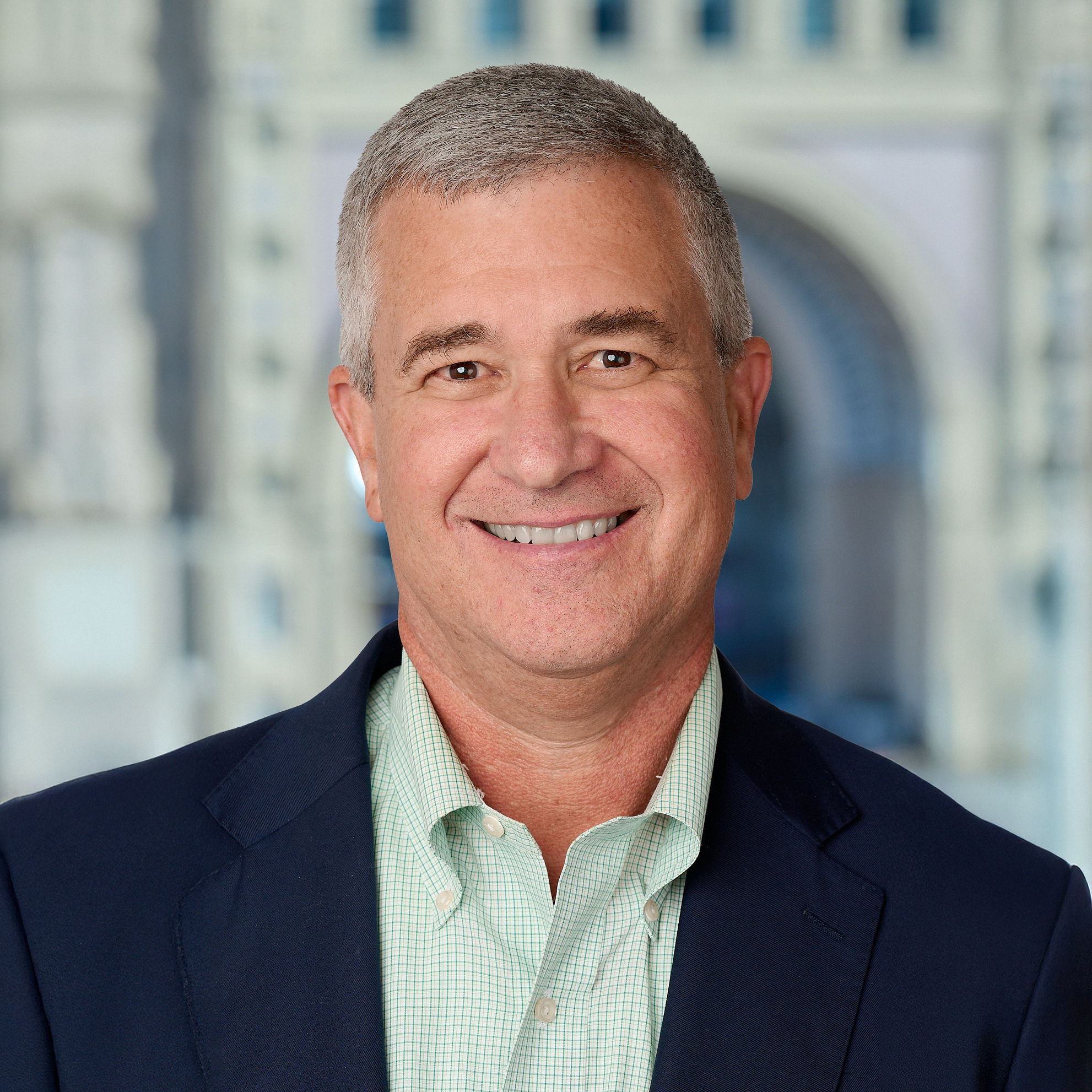The healthcare facilities management profession is facing a generational crisis. As tens of thousands of baby boomers reach retirement age each day, the already-limited pipeline of new professionals entering the field is being further strained. With declining labor force growth and increased competition from other industries, healthcare facilities management must take bold, coordinated action to ensure the future viability of this vital profession.
That was the central message of the “Filling the Pipeline” roundtable discussion hosted by the Healthcare Facilities Network. Gathering professionals from human resources, academia, and facilities leadership, the discussion revealed several key themes for solving this pressing workforce challenge.
At the time of taping, our guests were employed at:
• CJ Brown, Women & Infants Hospital, Providence, RI
• Dr. Steven Call, Professor, Washington State University
• Clay Ciolek, Facilities Manager at Providence Health & Services, Olympia, WA
• Lamar Davis, Executive Director, Shirley Ryan Ability Lab, Chicago, IL
• Christine Pirri, Bassett Healthcare, Cooperstown, NY
• Maryanne Richards, Director of Career Services, Massachusetts Maritime Academy
• Nancy Vanasse, Assistant Director of Career Services, Massachusetts Maritime Academy
Watch the full episode:
Modern Hiring
1. Modernize the Hiring Process
Many of our guests called the traditional hiring process “antiquated,” with several echoing frustrations with clunky application portals that ask candidates to upload a résumé only to retype every detail manually. These outdated systems, combined with drawn-out timelines and lack of pay transparency, often drive candidates away before the process even gets started.
Community Outreach
2. Meet Candidates Where They Are
Career fairs are no longer enough. Christine Pirri noted that “You have to insert yourself where people already are.” That means thinking creatively—setting up booths at busy coffee shops, engaging in community-based events, and using AI tools to track candidate behavior patterns and optimize outreach. The focus should shift from expecting candidates to come to you, to embedding yourself in their daily routines.
Early Awareness
3. Start Early with Targeted Education and Awareness
Internships and co-op programs were widely viewed as crucial tools—but only if executed with purpose. As Maryanne Richards and Nancy Vanasse from Massachusetts Maritime Academy pointed out, early engagement is key. “If students don’t hear about healthcare facilities as a career in their first or second year, they may never consider it,” said Vanasse.
Career Pathways
4. Streamline Internships and Entry-Level Opportunities
Internship challenges—especially with onboarding and HR compliance—were a consistent concern. Several leaders shared that the administrative hurdles and short-term nature of internships often create more work than benefit. To overcome these, Clay Ciolek described a more successful approach: his organization offered full-time, paid fellowships with multi-year tracks, rotating interns across hospitals and immersing them in real operational roles.
Entry Access
5. Reconsider Hiring Requirements
Steve Call, professor at Washington State University, shared research showing that other industries have embraced facility management college graduates, while healthcare still clings to a traditional “trades first, promote later” model. Healthcare’s emphasis on requiring 5–10 years of experience for even entry-level management roles is contributing to a clogged pipeline.
Retention & Balance
6. Prioritize Succession Planning and Work-Life Balance
Work-life balance emerged as another vital theme. As Lamar Davis and CJ Brown both noted, younger professionals often reject 24/7 accountability and high-stress environments in favor of personal time and family commitments. Meanwhile, succession planning remains critical. A best practice noted by the panel called for dedicated overlap periods between outgoing and incoming leaders to ensure smoother transitions.
Compensation Realities
7. Address Compensation Gaps
While not the central focus of this session, panelists acknowledged that healthcare facility management salaries lag behind other industries. Coupled with higher compliance burdens and 24/7 operations, the role often appears less attractive to top talent.
Conclusion
Filling the pipeline in healthcare facilities management will require more than improved job postings or a single campaign. It demands a systemic shift: rethinking hiring practices, embedding career exposure early, modernizing internship structures, and recognizing that the needs and expectations of today’s workforce are fundamentally different from those of the past.
The takeaway from the roundtable was clear: this is a problem that will take collaboration across education, HR, and facilities leadership to solve. But with intentional strategy and sustained commitment, the pipeline can be rebuilt—and the future of healthcare facilities secured.




